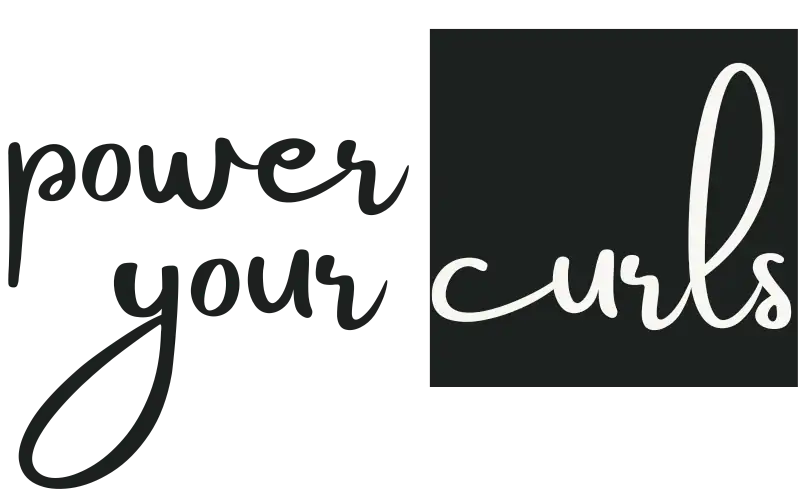We’ve all heard it—curly-haired people are just more prone to dandruff. But is it true? Or just another myth passed down to you by your ancestors along with the evolutionary advantages of your curls?
The short answer: Yes, your curly hair is more prone to dandruff than your straight-haired peers.
And the likely reason? Well, more than one according to the science behind your curly hair.
1. Natural Oil Distribution Difficulties Caused by Your Curls
Sebum is the natural oil our scalp produces to keep hair and skin moisturized. For straight hair, sebum easily slides from root to tip. But curly hair’s twists and coils make it hard for sebum to spread evenly. This leaves curly hair dry and thirsty.
Without sufficient sebum, the scalp is vulnerable to a yeast-like fungus called Malassezia. This opportunistic organism feeds on the scalp’s oils and dead skin cells. As it proliferates, it causes irritation and flaking—aka, dandruff.
So curly hair’s oil woes open the door for Malassezia to move in and set up camp.
2. Increased Surface Area
Here’s another strike against curls—increased surface area. Each curly strand offers Malassezia more real estate to colonize compared to straight hair.
Think of it this way: a smooth, flat sidewalk gives weeds less room to sprout than a bumpy, cracked one. The same goes for curly hair strands vs straight ones. More nooks and crannies = more fungal growth.
3. Excessive Scratching Caused By Your Curls
Dandruff’s itchiness leads to scratching, which worsens flaking. Curly hair, alas, is particularly vulnerable to a nasty itch-scratch cycle.
The grooves of curly strands can harbor rough, sharp edges that abrade the tender scalp. This stimulation exacerbates itching urges.
Plus, curly hair is notoriously dry and brittle, causing strands to scrape the scalp. This sets off even more itching and scaling.
4. Those Specialized Curly Hair Products Might Be Doing More Harm than Good
Many curly hair products contain waxes, oils, and silicones that can build up on strands and clog follicles. This creamy residue sticks to the cuticle and creates an occlusive layer that traps malassezia fungi against the scalp.
Silicones found in curly hair care shampoos in particular can bind to the hair shaft and cause product accumulation over time. Their water-repellent nature also blocks moisture from reaching the strand and scalp. This exacerbates dryness and irritation that feeds fungal overgrowth.
Excess oils and butter can also go rancid on the hair and skin. The oxidization process creates free fatty acids that disrupt the scalp’s pH balance. This shift can trigger inflammation and flakes—an ideal scenario for Malassezia to thrive.
Fighting Back Against Those Stubborn Flakes
Having these simple tricks up your sleeve can help you reclaim a flake-free scalp or at least keep the flakes at bay:
- Deep condition religiously – extra moisture keeps fungal growth in check.
- Avoid heavy styling products – steer clear of waxes, silicones, and oils that clog follicles. You might have to spend a few extra minutes on your hair before office but your shoulders will be thankful and flake-free.
- Use anti-dandruff shampoo – zinc pyrithione and selenium sulfide fight fungus.
- Massage scalp daily – improves blood flow and sebum distribution.
With knowledge of curly hair’s needs, you can have the fabulous frizz-free curls you love minus the snowfall on your shoulders. It may take trial and error to find your customized anti-dandruff solution. But you and your curls deserve to put those flaky days behind you.
